The giant panda’s "thumb" has long fascinated scientists and nature enthusiasts alike. Unlike the opposable thumbs of primates, this unique structure is not a true digit but rather an elongated wrist bone, the radial sesamoid, that has evolved to assist in gripping bamboo. Recent research delves deeper into the biomechanical optimization of this pseudothumb, revealing how evolutionary pressures have shaped its remarkable functionality. The findings not only shed light on the panda’s specialized adaptation but also offer broader insights into the interplay between form and function in evolutionary biology.
The Evolutionary Enigma of the Panda’s Pseudothumb
For decades, the giant panda’s pseudothumb has been a textbook example of evolutionary innovation. Pandas, despite being classified as carnivores, have adopted a herbivorous diet almost exclusively reliant on bamboo. This dietary shift demanded specialized adaptations to manipulate tough bamboo stalks with precision. The pseudothumb, which protrudes from the panda’s paw, acts as a makeshift opposable digit, allowing the animal to strip leaves and grip stems with surprising dexterity. However, the biomechanical efficiency of this structure has only recently been scrutinized in detail.
Advanced imaging and computational modeling have revealed that the pseudothumb is not just a passive lever but a dynamic tool optimized for load distribution. The bone’s curvature and the surrounding musculature work in tandem to absorb the repetitive stresses of bamboo manipulation. Unlike true digits, which are anchored by multiple joints, the pseudothumb’s simpler structure minimizes energy expenditure while maximizing grip strength. This trade-off between complexity and efficiency underscores the elegance of evolutionary solutions to ecological challenges.
Biomechanical Mastery: How the Pseudothumb Works
The pseudothumb’s effectiveness lies in its integration with the panda’s existing anatomy. The radial sesamoid bone, though originally part of the wrist, has elongated and reinforced over millennia to withstand the forces exerted during feeding. Surrounding this bone is a network of tendons and muscles that stabilize its movement, preventing dislocation or excessive wear. Researchers have noted that the pseudothumb’s range of motion is limited compared to true thumbs, yet its precision in gripping bamboo is unparalleled among non-primate species.
One of the most striking discoveries is how the pseudothumb distributes mechanical stress. Finite element analysis, a technique used to simulate physical forces, shows that the bone’s thickened cortex and spongy interior work together to dissipate pressure. This design prevents fractures despite the panda’s immense bite force and the repetitive nature of bamboo stripping. In essence, the pseudothumb is a marvel of biological engineering—a structure repurposed and refined by evolution to meet the demands of an unlikely diet.
Implications Beyond Pandas: Lessons for Robotics and Medicine
The study of the panda’s pseudothumb extends beyond zoological curiosity. Engineers and roboticists are particularly interested in its biomechanics as a model for designing adaptive grippers. Unlike rigid robotic claws, the pseudothumb’s combination of flexibility and strength could inspire next-generation manipulators for delicate or irregularly shaped objects. Similarly, medical researchers are exploring how the pseudothumb’s stress-resistant structure might inform the development of durable prosthetics or implants.
Moreover, the pseudothumb’s evolution challenges traditional notions of specialization. While many specialized adaptations come at the cost of versatility, the panda’s pseudothumb demonstrates that efficiency and adaptability can coexist. This insight could reshape how scientists approach the study of evolutionary trade-offs, particularly in species facing rapidly changing environments.
Future Directions: Unraveling the Genetic Blueprint
As technology advances, researchers are turning their attention to the genetic underpinnings of the pseudothumb. Preliminary studies suggest that shifts in developmental pathways—particularly those governing limb formation—may have facilitated the radial sesamoid’s transformation. By comparing panda genomes with those of closely related bears, scientists hope to pinpoint the mutations that unlocked this unique adaptation. Such discoveries could deepen our understanding of how morphological novelties arise and persist in nature.
The giant panda’s pseudothumb stands as a testament to evolution’s ingenuity. What began as a modest wrist bone has become a finely tuned tool, enabling one of the world’s most iconic species to thrive on a diet that defies its carnivorous heritage. As research continues, the pseudothumb may yet reveal more secrets about the delicate balance between constraint and innovation in the natural world.
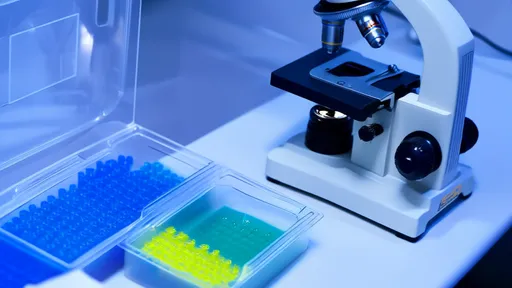
By /Jul 22, 2025

By /Jul 22, 2025

By /Jul 22, 2025

By /Jul 22, 2025

By /Jul 22, 2025
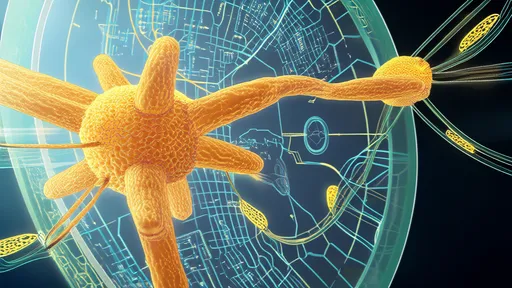
By /Jul 22, 2025
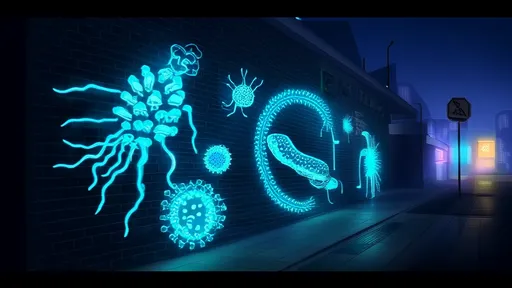
By /Jul 22, 2025

By /Jul 22, 2025
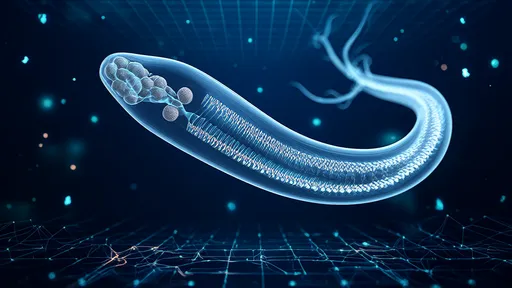
By /Jul 22, 2025
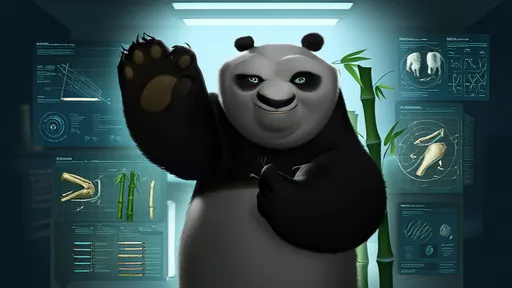
By /Jul 22, 2025

By /Jul 22, 2025

By /Jul 22, 2025

By /Jul 22, 2025

By /Jul 22, 2025
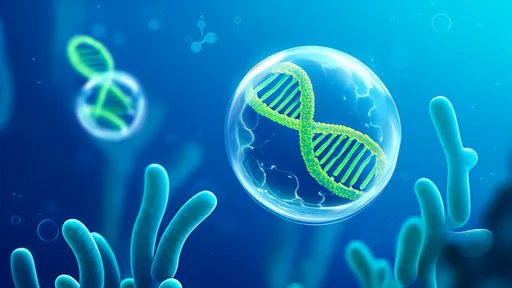
By /Jul 22, 2025

By /Jul 22, 2025
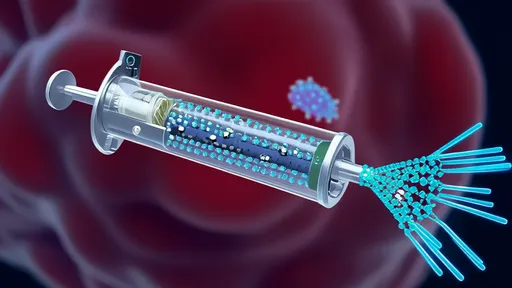
By /Jul 22, 2025

By /Jul 22, 2025